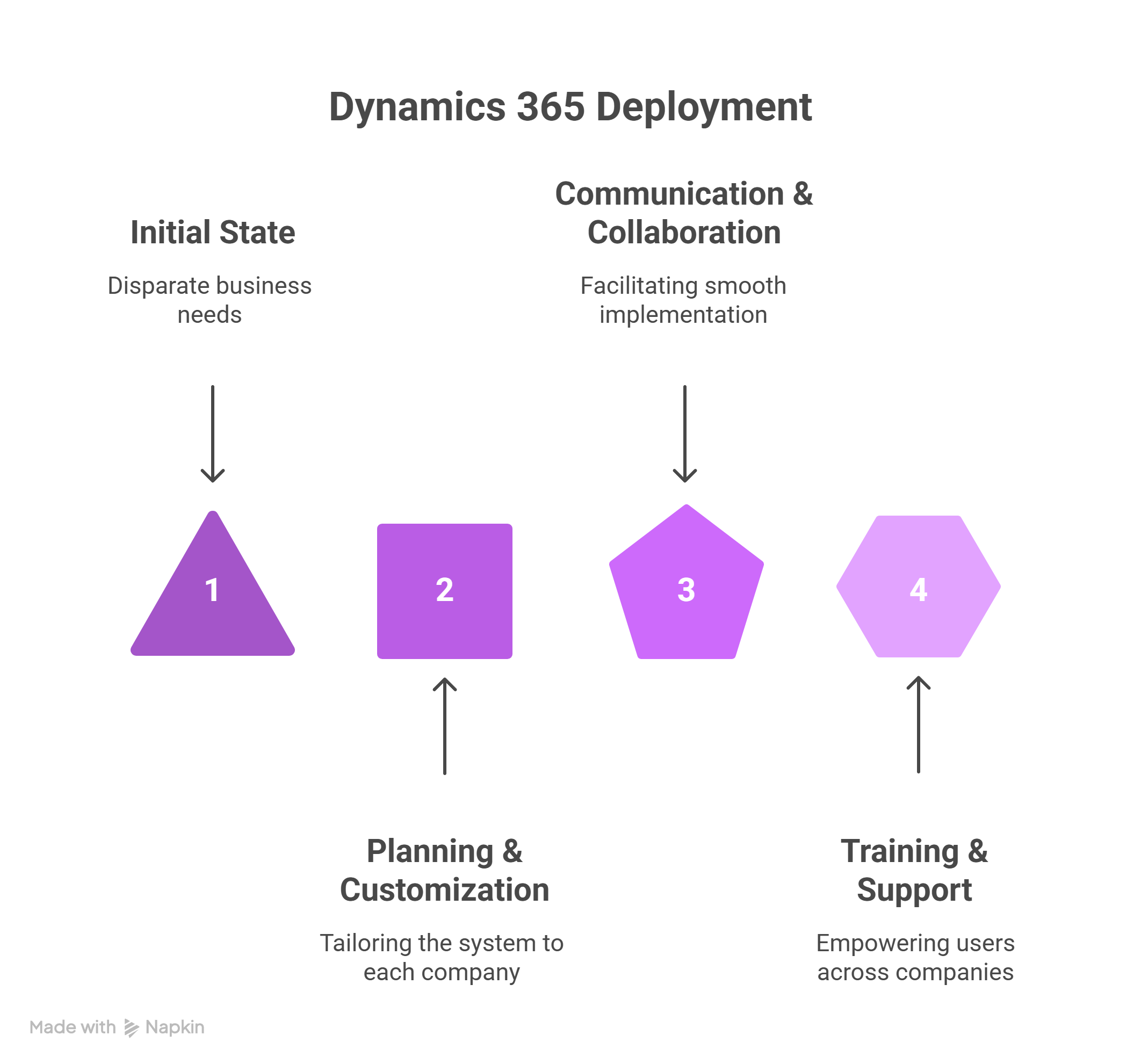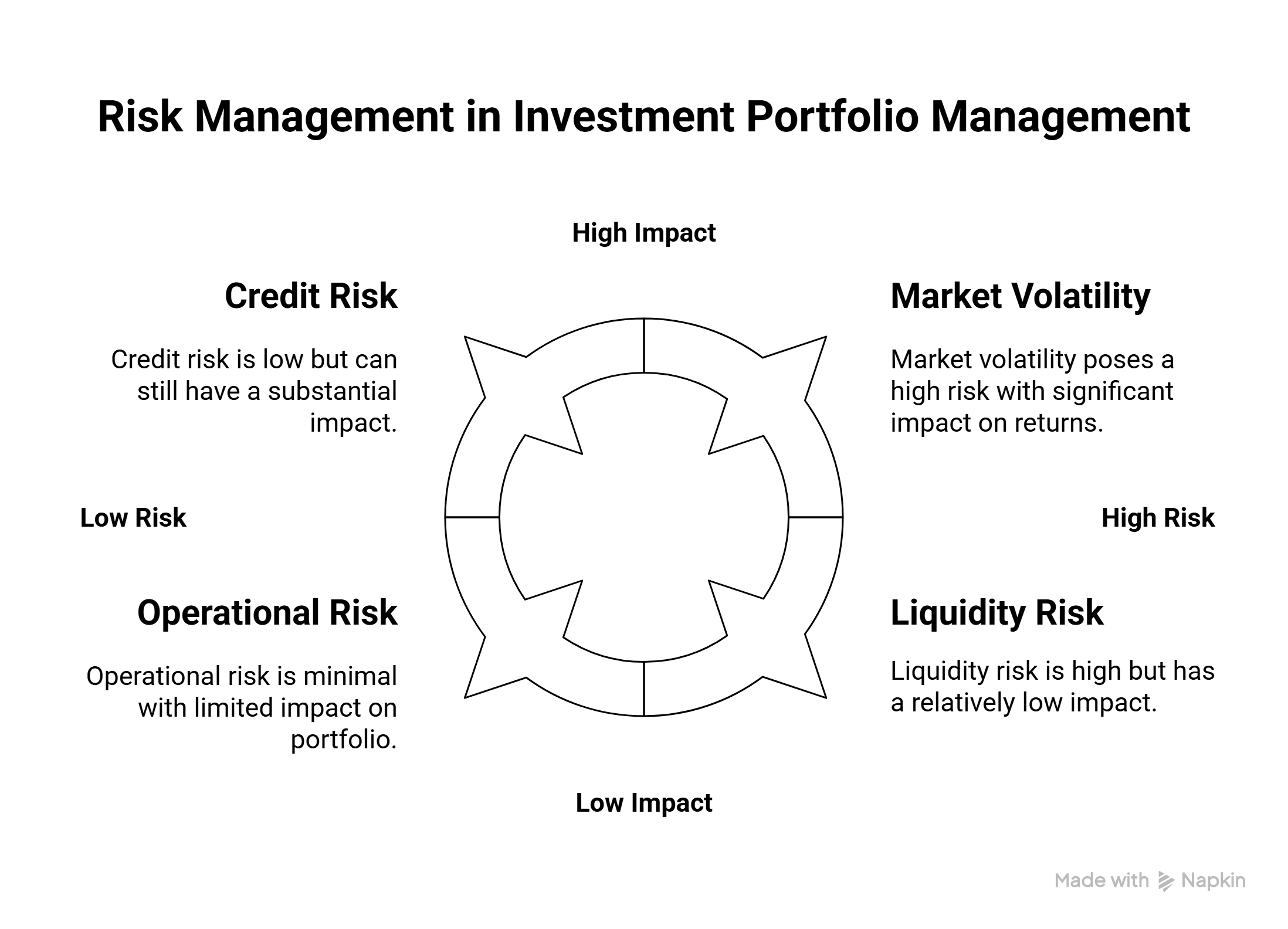What I Learned From Deploying Dynamics 365 in a Multi-Company Environment

Strong 8k brings an ultra-HD IPTV experience to your living room and your pocket.
Deploying a full-scale Dynamics 365 implementation is no small feat, especially when it spans across multiple companies or legal entities. I’ve been fortunate (and challenged) to lead and support such a rollout, and through that journey, I’ve uncovered critical lessons, tough realities, and game-changing best practices.
Whether you're planning your own Dynamics 365 multi-entity deployment or supporting one as a consultant, this post distills everything I’ve learned into practical takeaways.
Why Multi-Company Deployments Are So Complex
At first glance, Microsoft Dynamics 365 seems like a one-size-fits-all ERP, but the moment you scale it to multiple companies across regions, the complexity multiplies:
- Different currencies and tax regimes
- Varying approval workflows
- Disconnected reporting expectations
- Master data chaos if not standardized
The ERP needs to do more than function; it needs to integrate, scale, and consolidate operations across all entities.
1. Start with Strategy, Not Software
The biggest mistake in any Dynamics 365 implementation is jumping into configuration before aligning strategy.
Before we even touched the Dynamics 365 dashboard, we defined
- The operating model (centralized vs decentralized)
- Company-level ownership and local autonomy
- Whether to consolidate financials globally or regionally
- A standardized chart of accounts across entities
- Lesson: Don’t let software drive strategy; let your business structure drive how you use the software.
2. Expect Intercompany Accounting Nightmares (Unless You Prepare)
Once multiple companies start transacting with each other—buying, selling, or transferring inventory—things can spiral if you haven’t planned for:
- Intercompany journal entries
- Transfer pricing compliance
- Automatic balancing transactions
We set up intercompany accounting rules and workflows in D365 early on, which saved us from a lot of pain during our first audit.
Pro Tip: Automate as many intercompany transactions as possible using Dynamics 365 Finance & Operations workflows.
3. Data Is the Dealbreaker
No matter how great the setup is, bad data will break your system. We ran into:
- Duplicate vendors across companies
- Mismatched GL codes
- Inconsistent product naming conventions
- Our fix? A master data governance policy that covered:
- Centralized data ownership
- Naming conventions
Company-specific tagging and segmentation
Lesson: Clean, governed data is the backbone of any successful D365 deployment.
4. Consolidated Reporting Isn’t Plug-and-Play
While Dynamics 365 offers consolidation features, they don’t work out-of-the-box unless you plan your entities, currencies, and dimensions correctly.
We had to:
- Standardize fiscal calendars
- Align currency exchange rules
- Use financial dimensions consistently across entities
- Build Power BI dashboards to visualize multi-entity performance
Pro Tip: Set up a reporting test company to trial consolidated views before going live.
5. Train for the Multi-Entity Mindset
Even experienced finance teams struggled at first when they had to:
- Switch between companies
- Understand cross-entity impacts
- Handle shared services like centralized AP/AR
We invested in scenario-based training:
"How to invoice a customer from Company A using inventory from Company B?"
"How to approve PO across legal entities?"
Lesson: Training isn’t just about buttons—it’s about business logic in a multi-entity context.
6. What Worked Well (And What I’d Do Differently)
✅ What Worked:
Piloting with one company before full rollout
Creating a Dynamics 365 Center of Excellence with key users
Weekly steering committee reviews to remove blockers
Using Power Automate to streamline routine workflows
❌ What I’d Improve:
Start data cleanup earlier—way earlier
Involve local finance teams earlier in entity-level setup
Standardize naming conventions before any configuration begins
7. Final Thoughts: Would I Do It Again?
Absolutely, Dynamics 365 is incredibly powerful, especially when deployed across multi-entity setups. But it demands thoughtful planning, cross-functional alignment, and continuous iteration.
If you're a growing enterprise or holding company evaluating an ERP platform that can scale with you, D365 is a solid choice, but don't underestimate the complexity of deploying it across multiple companies.
✅ Ready to Scale Your Multi-Entity Operations?
A tailored Dynamics 365 implementation can be the foundation of scalable, compliant, and insight-rich operations—if done right.
👉 Learn more about our Property Management Software for Dynamics 365
👉 Or talk to our team for guidance on multi-company rollouts
If I’m being honest, this Dynamics 365 implementation across multiple companies pushed me to my limits—not just professionally, but mentally too.
There were days when the project felt too big. The more we uncovered—data gaps, broken processes, and user resistance—the more I realized how much groundwork we had skipped in the planning phase. We were constantly playing catch-up. Even with a great team and support from leadership, I often found myself staring at my screen late at night, trying to make sense of errors that didn’t appear during testing.
I remember one critical moment when our intercompany workflows failed right before a financial close. Reports didn’t reconcile, inventory transfers were out of sync, and the finance team in another region had no clue where to look. Everyone turned to me, expecting a quick fix—and I had none. It was humbling.
That night taught me a powerful lesson: ERP isn’t just about configuration—it’s about communication. We had built an excellent system, but we hadn’t built alignment. And no amount of automation can replace that.
Honestly, there were moments I doubted everything. I even asked myself if a simpler ERP system—one less robust—might’ve been easier. But the truth is, the complexity wasn’t in the tool. It was in the business. D365 simply forced us to face those realities head-on.
And here’s the part I rarely share: this project made me better.
It taught me to listen more, to plan deeper, and to ask uncomfortable questions early. It reminded me that people resist what they don’t understand—and that technology only works when humans trust it.
So, if you’re reading this and you’re in the middle of a difficult rollout or implementation, let me tell you this: you’re not alone. It’s not supposed to be easy. But if you keep learning, keep communicating, and stay committed to the outcome, it will pay off.
The day our final entity went live without a single escalation? That was one of the proudest moments of my career.
Lesson learned? ERP transformation is a journey of growth—not just for systems, but for people.
Note: IndiBlogHub features both user-submitted and editorial content. We do not verify third-party contributions. Read our Disclaimer and Privacy Policyfor details.



